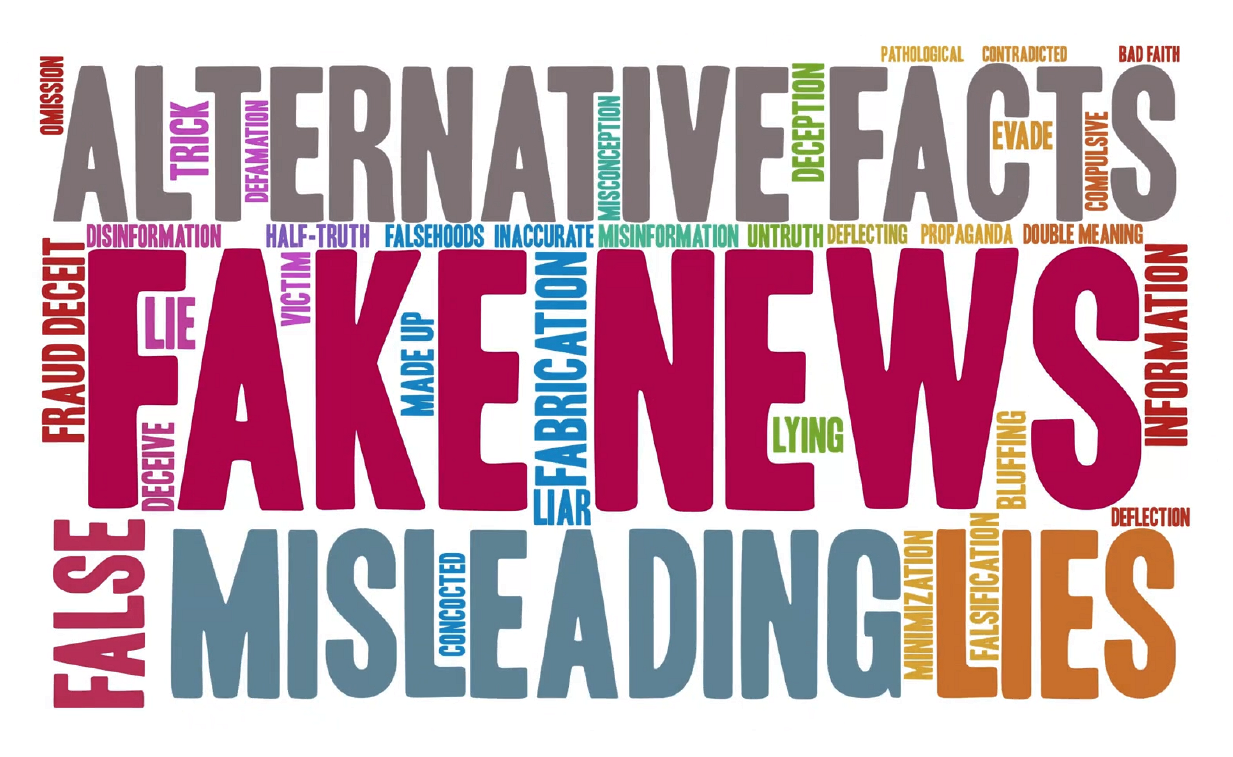Sedona AZ (January 20, 2010) – A new uranium boom is under way in the West, while thousands of mining and mill sites from the last boom and bust cycle still require cleanup and remediation. The current pace of primarily taxpayer funded cleanup could take decades to complete. There is an alarming disconnect between financial realities and the economic benefits attributed to this new boom cycle.
Near Flagstaff on the Navajo Reservation there are about 500 abandoned mine sites and at the end of 2008 only one had been fully assessed. (Indian Country Today, December 2008) Most uranium milling and mining occurred prior to environmental laws and regulations, and has an abysmal history regarding contamination of surface and ground water.
In June of 2009, the Arizona Senate’s Rural Development Committee debated the prospects for uranium mining in the state. State Senator Sylvia Allen (R), the vice chairman of the committee, argued in favor of mining by saying that the earth “has been here 6,000 years, long before anybody had environmental laws, and somehow it hasn’t been done away with. We need to get the uranium here in Arizona, so this state can get the money from it,” argued Allen. 2
In the United States most mining occurs on land once owned by the federal government, thanks to the General Mining Law of 1872, which has remained unchanged and allows anyone who discovers and develops a valuable mineral deposit on federal land to obtain title to the land for $5 and to mine the resource without competition, free of charge with no royalties to taxpayers or the government. The mining law contains no provisions for environmental protection.
In 1994 the Secretary of the Interior signed documents that transferred approximately 1,950 acres of federal land in Nevada to Barrick Gold Corporation, a Canadian company. Barrick paid the government $9,765 for the land which contained the richest gold deposit in the United States, worth an estimated $10 billion.
There are hundreds of thousands of abandoned mines that according to Earthworks (an environmental watchdog group) will cost taxpayers between $32-72 billion to clean up, with potential liability for billions more in cleanup costs at currently operating mines. 3
One area in Colorado that was a uranium Mecca for decades just completed a federal Superfund clean-up that took 22 years starting in 1986 to September 2008 costing taxpayers $127 million, and an additional $750,000 to fund long-term surveillance of the site. 4
In Moab, UT, 16 million tons of radioactive tailings sit on the banks of the
Colorado River at the site of a mill that once processed uranium for nuclear warheads. The plant closed in 1984, but the Grand Canyon Trust estimates 110,000 gallons of radioactive groundwater still seep into the river there each day. The U.S. Department of Energy decided in 2000 to move the pile away from the river. The planning was so complicated and the cost so high (estimates top $1 billion) that the first loads of waste were not hauled off until 2009 .5
Forty years after its closure, the Orphan uranium mine is still leaching radioactive material into a creek that feeds the Colorado River. It is situated on the south rim of the Grand Canyon, three miles from the famous El Tovar Hotel. The defense contractors responsible for the site (once one of the nation’s top-producing uranium mines) whose lobbyists have close ties to an Arizona Senator, are refusing to cooperate with the National Park Service to clean up the Orphan Mine Superfund site, which could cost taxpayers $15 million. 6
Christian Parenti reports in The Nation, the debate about reviving and expanding nuclear power is quickly becoming a moot point in the United States. Without massive taxpayer subsidies it cannot compete with other sources of power, and according to Warren Buffet and Wall Street it is too risky, too complex, and takes too long to bring on line. 8&9
Peter Bradord, a former member of the Nuclear Regulatory Commission (NRC), told the New York Times in May 2005 “The abiding lesson that Three Mile Island taught Wall Street was that a group of NRC-licensed reactor operators, as good as any other, could turn a $2 billion dollar asset into a $1 billion cleanup job in about 90 minutes.”
Due to strong international demand, much of the new uranium mining which is taking place will be for export to the lucrative international market. In many cases U.S. mining operations are being conducted by international companies based outside of the country.
Energy Fuel Resources Corp (EFR), a wholly-owned subsidiary of Toronto-based Energy Fuels, has a proposal on the table that, if passed, will allow the first uranium/vanadium refinery to be built on U.S. soil in 25 years. 10
The company plans to reopen two mine sites in Colorado (both a few miles from a brand-new resort and spa in Gateway) and one nearby in Utah. In addition, ERF has obtained the rights to explore 16 other sites in Colorado and Utah, and controls more than 200 other sites on 1,120 acres in northern Arizona.
The technique (in-situ mining) that is being heralded as the new, “safe” way to mine uranium already created documented cases of groundwater contamination. The threats include cancer associated with exposure to heavy metals, contamination of drinking water with steep costs to the taxpayer to clean up the mess.
Because the water used for extraction is drawn from the aquifer surrounding the uranium ore, critics of the process argue that it’s impossible to guarantee that the newly mobile uranium won’t escape into parts of the aquifer that are tapped by residential wells. 11&12&13
In 1969, the Atomic Energy Commission and a Texas oil company detonated a 40-kiloton nuclear device inside an 8,000-foot shaft on a high Colorado meadow, an effort to crack into a bounty of natural gas trapped in a dense subterranean rock formation.
A rich lode of gas was indeed shaken out its rock casing, but the gas that rushed to the surface was too radioactive to use. The Colorado Gas and Oil Commission declared anywhere within one half mile of the site off limits to oil and gas drilling. A Texas energy company has proposed drilling within that half mile limit. The residue from the blast contains some of the most radioactive and deadly elements on earth.
The Department of Energy released a report in September, 2007 that stated “No feasible technology exists to remove subsurface radioactive contamination in and around the test cavity.” Plowshare Program 14
The San Francisco Chronicle reported that a provision tucked into the 1,724-page energy bill of 2005 that would ease export restrictions on bomb-grade uranium, a lucrative victory for a Canadian medical manufacturer and its well-wired Washington lobbyists.
The Burr Amendment — named for its sponsor, Sen. Richard Burr, R-N.C. — would reverse a 13-year-old U.S. policy banning exports of weapons-grade uranium without specific conditions being met. This reversed a 25 year U.S. policy that was meant to eliminate commerce in bomb-grade uranium. 16
Speculators in Arizona and other Western states are poised for a mining boom reminiscent of the one in the 1950s when the nuclear age began. Uranium mining, and natural gas development pose a significant threat to the Colorado River, at a time when water managers across the region are concerned that much of the recent growth has been built on a hydrological mirage. CAP water that supplies Phoenix, and Tucson is some of the most expensive water in the world and without massive public subsidies would be unaffordable.
Must we sacrifice our limited water supplies, the environment (a huge economic engine for the region), as well as our children’s future for the short term profit of a few and the politics of the moment. Here we go again.
By Mark Schmidt
GreenWorld Energy Foundation
1 http://www.wise-uranium.org/udusa.html#NAVAJO
2 http://videocafe.crooksandliars.com/heather/arizona-state-senator-sylvia-allen-r-says
3 www.earthworksaction.org/1872.cfm
4 www.epa.gov/Region8/superfund/co/uravan/
6 www.wise-uranium.org/udusa.html#ORPHAN
7 http://www.grist.org/article/big-bad-boom.
8 www.thenation.com/doc/20080512/parenti
9 www.sunvalleyonline.com/news/article.asp?ID_Article=4581
10 http://www.energyfuels.com/
12 www.nunnglow.com/latest/in-situ-mine-in-texas-blamed-for-groundwater-contamination.html
13 www.powertechexposed.com/After_ISL_full_restoration_unachievable.htm
14 http://www.hcn.org/issues/25/727
15 http://en.wikipedia.org/wiki/Rulison
16 Read more: http://www.sfgate.com/cgi-bin/article.cgi?file=/c/a/2005/07/29/MNG7LDVSU01.DTL#ixzz0bbPDaMPf

Read www.SedonaEye.com for daily news and interactive views!


Excellent article!
live in crown point nm & no 40 men let go after 40 let go turquoise with radiation on ground bisbee most gone to